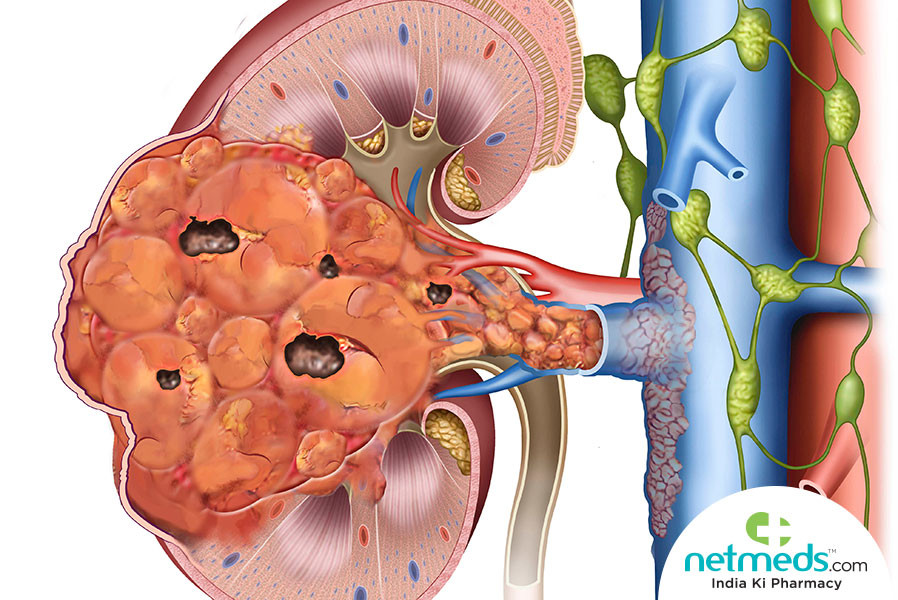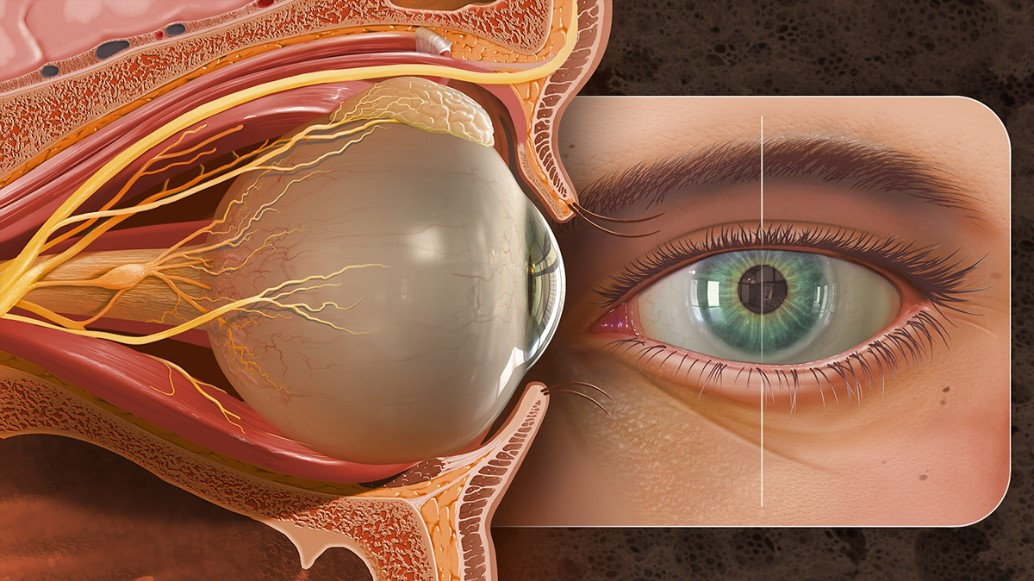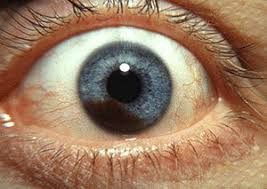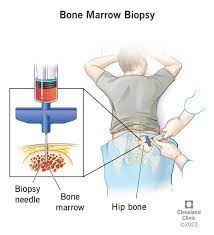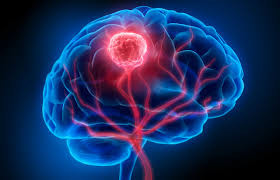Definition
Wilms tumor (nephroblastoma) is a rare kidney cancer that primarily affects children. It is the most common type of kidney cancer in children and ranks as the fourth most common childhood cancer overall. Wilms tumor most frequently affects children between the ages of 3 and 4, with its incidence decreasing significantly after the age of 5.
In the United States, there are approximately 650 new cases every year. Girls are slightly more likely to develop Wilms tumor than boys. Globally, Wilms tumor is more commonly found in people of African and African American descent and least commonly found in East Asians. Patients from Asia also tend to have tumors in the lower stages. Wilms tumors often occur in only one kidney, although sometimes they are found in both kidneys simultaneously.
Causes
The exact cause of Wilms tumor is currently still unknown, but it is predicted to involve genetic factors. Cancer itself arises due to damage or mutations in DNA. Cells undergo a cycle of life and death, and DNA damage can cause cells to continue growing, dividing uncontrollably, and surviving eveough normal cells undergo normal cell death. These continuously growing cells form a tumor. In Wilms tumor, this process of DNA damage occurs in kidney cells.
Some genetic markers associated with Wilms tumor are the WT1, CTNNB1, and WTX genes, and changes in these three genes are found in approximately one-third of Wilms tumor cases.
In rare cases, DNA damage leading to Wilms tumor is inherited from parents to their children, although only about 1% of Wilms tumor patients have siblings or relatives with Wilms tumor. Therefore, in most cases, no significant relationship is found between parents and children regarding the occurrence of tumors.
Risk factor
Factors that can increase the risk of Wilms tumor include:
- African-American and Asian-American ethnicity
- Family history of Wilms tumor
- Certain diseases or syndromes present since birth, including:
- Aniridia: a condition where the iris (the colored part of the eye) is partially formed or not formed at all, causing sensitivity to light and reduced visual acuity.
- Hemihypertrophy: in this condition, one side or part of the body appears larger than the other side.
Wilms tumor can also appear as part of rare syndromes, including:
- WAGR Syndrome: This syndrome occurs due to the loss of a group of genes on chromosome 11 in the child. Typically, children born with WAGR syndrome have eye disorders, abnormalities in the genitals and urinary tract, mental disabilities, and a high risk of developing certain types of cancer later in life.
- Denys-Drash Syndrome: This syndrome involves Wilms tumor, kidney disease, and male pseudohermaphroditism (a male born with testes but exhibiting female characteristics).
- Beckwith-Wiedemann Syndrome: Children with this syndrome tend to be larger than their peers (macrosomia). This syndrome affects many parts of the body and is associated with an increased risk of tumors.
Symptoms
The signs and symptoms of Wilms tumor vary, and some children do not exhibit symptoms or clear signs. However, most children with Wilms tumor will experience symptoms such as:
- Abdominal mass that can be felt
- Abdominal swelling
- Abdominal pain
Other symptoms that may occur include:
- Fever
- Blood in the urine
- Nausea and/or vomiting
- Constipation
- Decreased appetite
- Shortness of breath
- High blood pressure
Diagnosis
The doctor will ask the parents about any lumps seen in the abdomen and symptoms observed in the child. Furthermore, the doctor will inquire about the mother's pregnancy and delivery history, as well as the child's and family's medical history. After interviewing the family and conducting a physical examination of the child's body, the doctor may conduct additional tests to support the diagnosis.
Some diagnostic tests that may be recommended by the doctor include:
- Laboratory tests: These tests cannot detect Wilms tumor directly, but they can indicate whether the kidneys are functioning properly, identify specific kidney problems, or detect blood disorders such as anemia (a deficiency of red blood cells). Some laboratory tests that may be performed include:
- Urinalysis or urine examination
- Complete blood count
- Kidney function tests
- Blood coagulation tests, to assess the risk of excessive bleeding
- Imaging tests: These examinations provide images of the child's kidneys to help the doctor determine the presence of kidney tumors. Radiological examinations include ultrasonography, CT scans, or MRIs of the kidneys.
After diagnosing Wilms tumor, the doctor will continue with examinations to determine the cancer stage. This may involve chest X-rays or CT scans and bone scans to determine if cancer cells have spread from the kidneys.
- Tissue biopsy: The doctor may also take samples of suspected Wilms tumor kidney tissue and the child's lymph nodes. These samples will be examined in the laboratory to confirm whether the child has Wilms tumor and to determine the tumor stage.
Management
The management of Wilms tumor typically involves surgery, chemotherapy, or radiation therapy. The treatment provided may vary depending on the stage of the tumor. Currently, with proper therapy, around 80-90% of children diagnosed with Wilms tumor can survive.
In the surgical procedure, the doctor may remove all or part of the kidney (nephrectomy). Sometimes, surrounding tissue, such as the ureter, which carries urine from the kidney to the bladder, may also be partially removed.
Meanwhile, the doctor may also administer radiation therapy after the surgical procedure. This therapy uses high energy to kill cancer cells. During the therapy, the child will be positioned on a table, and a large machine will move around them to deliver energy directed at the cancerous area. Potential side effects may include nausea, diarrhea, fatigue, and skin irritation. Radiation therapy can be used after surgery to eliminate any remaining cancer cells or as an option to control cancer that has spread to other parts of the body, depending on the location of the metastasis.
Chemotherapy is a treatment for cancer that involves using powerful drugs to kill cancer cells in the body. A combination of drugs is administered through the bloodstream. Chemotherapy can be given before surgery to shrink the tumor size and facilitate tissue removal or after surgery to eliminate any remaining tumor cells in the body. It can also be an option for therapy in children with advanced-stage cancer. Common side effects include nausea, vomiting, loss of appetite, hair loss, and susceptibility to infections.
Complications
While radiation therapy and chemotherapy are effective treatments for improving the chances of a child's survival, these therapies can also lead to complications in children with Wilms' tumor. Children undergoing these treatments are at risk of experiencing kidney function disorders due to kidney removal procedures or as a result of radiation therapy. Additionally, radiation therapy and its complications can cause disorders in the liver and liver blood vessels.
Other potential complications that may arise due to chemotherapy and radiation therapy include:
- Osteoporosis
- Decreased lung function
- Disorders in the ovaries or testes
- Increased risk of other cancers later in life
Prevention
Wilms tumor cannot be prevented. However, for children at risk of developing Wilms tumor, such as those with associated syndromes, doctors may recommend regular kidney ultrasound screenings. While these screenings cannot prevent Wilms' tumor, they play a crucial role in early detection. Detecting abnormalities in the kidneys at an early stage through routine screenings can facilitate prompt intervention and treatment if tumors are found.
When to see a doctor?
It is advisable to consult a pediatrician if your child exhibits worrying symptoms or signs. While Wilms' tumor is a rare disease, it's more likely that the symptoms you're observing are caused by something else. Nonetheless, it's essential to seek medical advice and discuss any concerns you may have about your child's health with a doctor.
Looking for more information about other diseases? Click here!
- dr Hanifa Rahma
Wilms' tumor - Diagnosis and treatment - Mayo Clinic. (2022). Retrieved 17 June 2022, from https://www.mayoclinic.org/diseases-conditions/wilms-tumor/diagnosis-treatment/drc-20352660
Wilms Tumor: Practice Essentials, Background, Etiology. (2022). Retrieved 17 June 2022, from https://emedicine.medscape.com/article/989398-overview#a7
Leslie, S., Sajjad, H., & Murphy, P. (2022). Wilms Tumor. Retrieved 17 June 2022, from https://www.ncbi.nlm.nih.gov/books/NBK442004/


